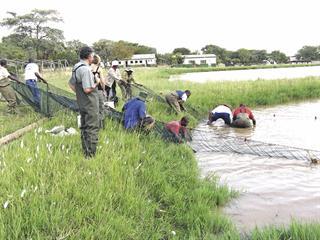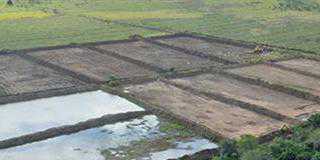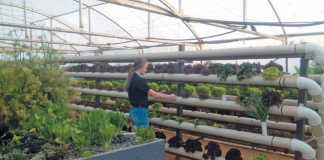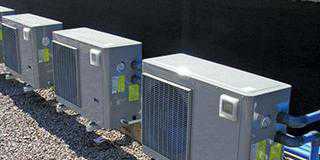
Recirculating aquaculture systems (RAS) have been the technology of choice for warm-water fish farming in South Africa for about two decades. Are we on the right track?
The use of RAS has always been justified in terms of the need to heat and filter water economically, and produce a high output with a small footprint. The fact that water needs to be heated for tilapia in South Africa has led some to believe that tilapia culture is inappropriate for this part of the world.
However, the large-scale production of tilapia in Egypt under equally cool conditions, contradicts this belief. The Nile Delta and Port Shepstone in southern KwaZulu-Natal are equidistant from the equator. The same applies to Bangladesh, which has a growing tilapia industry, and parts of the Limpopo and Mpumalanga Lowveld.
Surely the time has come to dispense with the excuse that South Africa is too cold for tilapia culture? While Highveld winters can result in water temperatures dropping to 10°C (similar to that of northern Egypt), the entire KwaZulu- Natal north coast, the Inkomati area, and the lowlands of Venda and northern Limpopo rarely have water temperatures below 15°C.
Why can tilapia not be farmed in ponds in these regions? Should we be ignoring the successes achieved in a cool, desert country in the belief that RAS, despite their disadvantages, are the only viable option?
Complicated and expensive
The fundamental flaws of any RAS are their high risk, complexity and energy consumption. Sustaining a high density of aquatic animals in a confined space requires maintaining water quality, oxygen content, ammonia control and nitrate dilution flawlessly. The local industry is not there yet, and no local RAS operator can claim that these issues have been resolved under replicable commercial conditions.
The high energy consumption of RAS is undeniable: pumps, air blowers, heat-pumps, UV sterilisers, and oxygen or ozone machines are integral to the system and are all expensive to run. At the same time, operational skills, backup services and spares are of questionable availability and affordability.
Benefits of a pond system
Low running costs and simplicity are the real attraction of pond farms. Assuming that fingerlings are bought in, pond farms can be very simple to run, as long as a few essential design principles are adhered to. As large volumes of water are required, water must be free-flowing, and gravity supply is best.
There are hundreds of farm or government dams from where this could be obtained. Once circulated through the fish ponds, the water can be used afterwards for irrigation. The cost of earth-moving is high, admittedly, but then so is setting up RAS.
A 50m tunnel system that can produce 10t of tilapia at a cost of R750 000 has the same production capacity as two half-hectare ponds. About four pond farms could be built for the same cost, and any commercial farmer could be trained to run such a farm.













